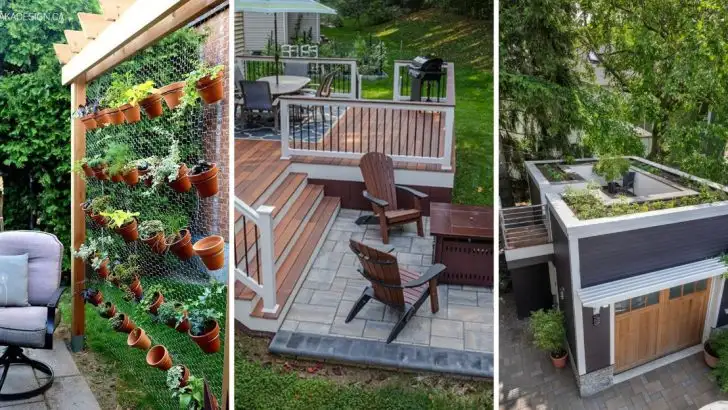Living in New York City doesn’t mean you have to give up on creating a beautiful outdoor space. Even in urban areas, with a little creativity and planning, you can turn your yard into a place that feels like a personal retreat. From dealing with limited space to managing city-specific challenges like pollution and noise, there are plenty of ways to make the most of your outdoor area.
Incorporating the right plants, materials, and design techniques can make all the difference. Small urban yards offer an opportunity to experiment with ideas like vertical gardens, container planting, or hardscaping that reflects your style. These 19 landscaping tips will help you get started, whether you’re looking to create a cozy outdoor lounge, grow your own herbs, or add a bit of greenery to your concrete surroundings.
Vertical Gardens
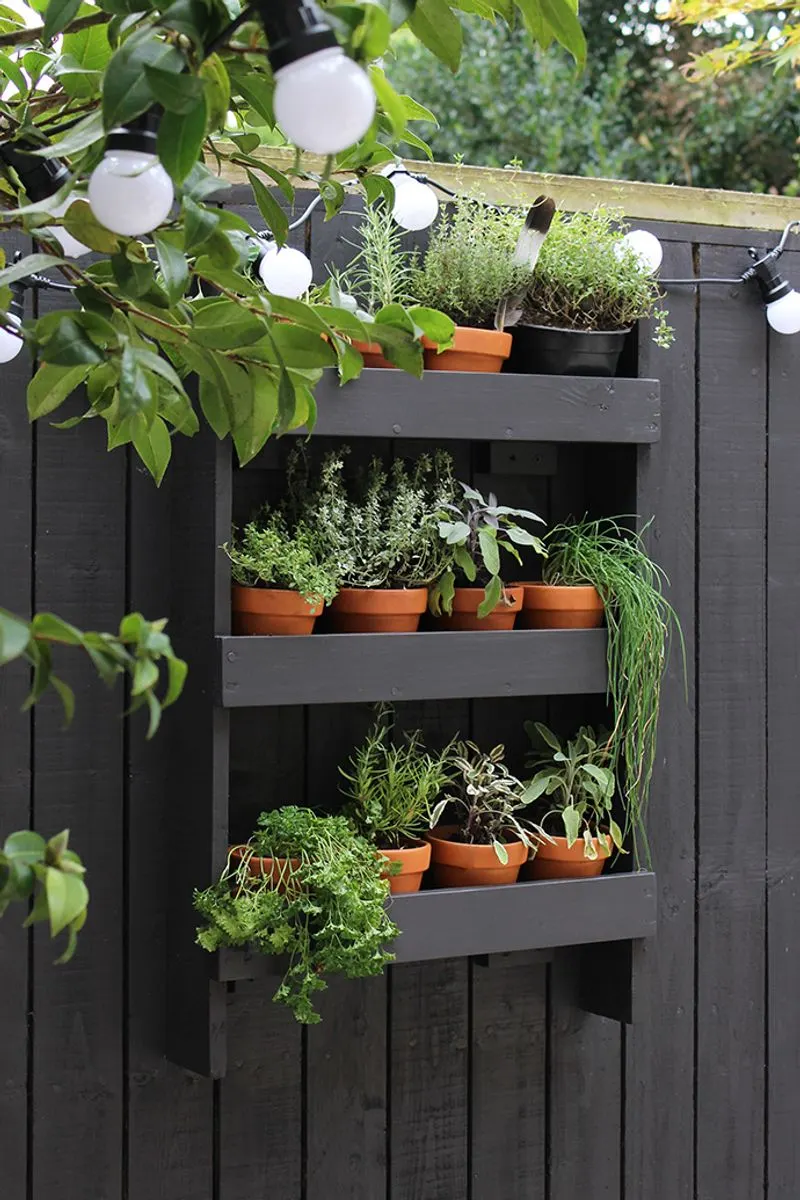
Vertical gardens bring life to small spaces, transforming dull walls into lush backdrops. By utilizing vertical space, you can grow a variety of plants without sacrificing precious ground area. Imagine a wall of vibrant greens and blooming flowers, providing a fresh burst of color and fragrance. These gardens not only maximize your yard’s potential but also improve air quality and provide insulation. Try using different sized containers for an eye-catching effect. Whether you’re growing herbs or decorative plants, vertical gardens offer an innovative solution for urban landscaping.
Container Gardening
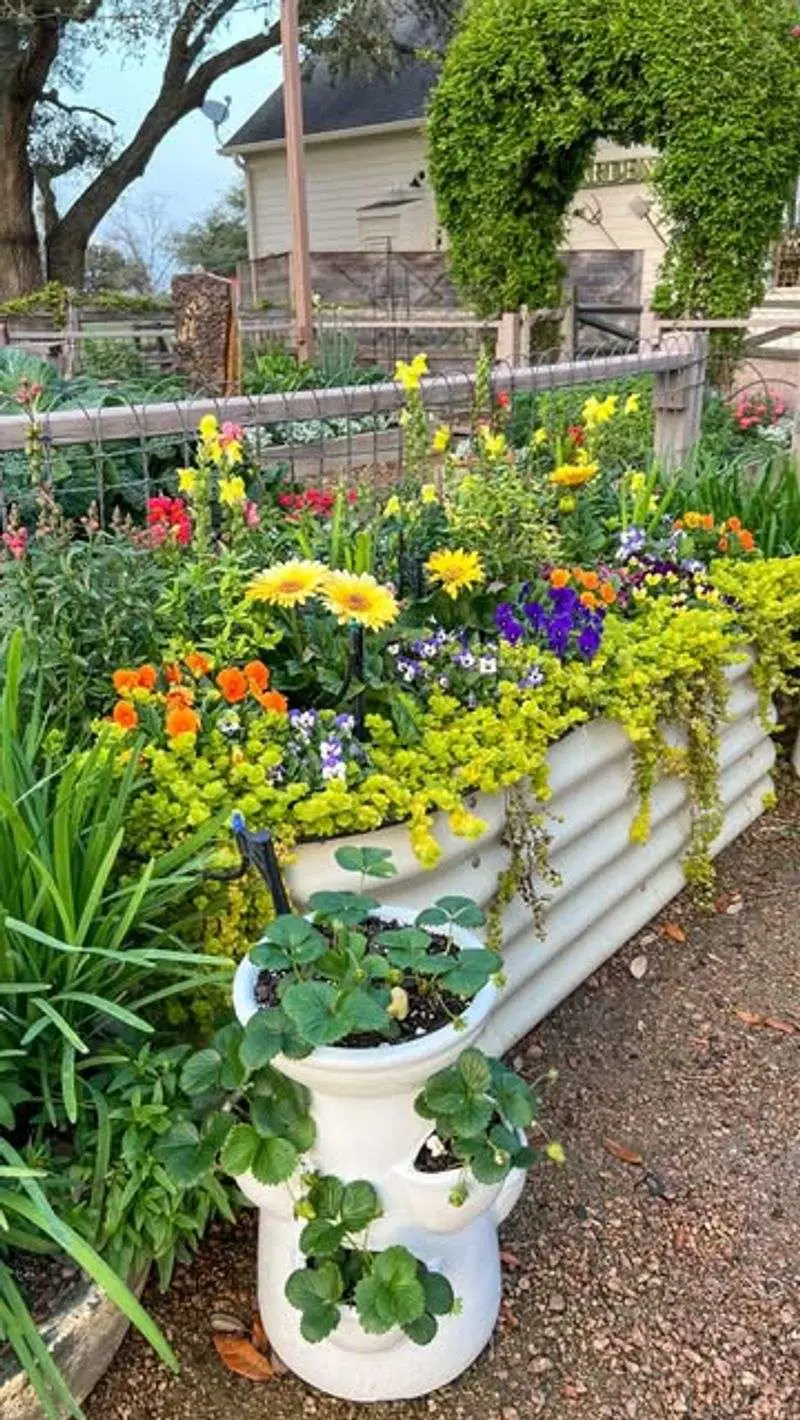
Container gardening is perfect for urban settings, allowing flexibility in plant placement. With pots and containers, you can easily rearrange your garden or even move plants indoors. Imagine a cluster of bright blooms, herbs, and succulents adorning your yard, each in its unique pot. This method suits those with limited ground space, offering creative freedom and easy maintenance. Choose containers of various materials and colors to add texture and interest to your space. It’s a great way to experiment with different plant species and styles.
Rooftop Gardens

Rooftop gardens provide a serene escape above the bustling city. These elevated spaces offer a unique opportunity to create a garden with stunning views. Picture yourself surrounded by greenery while overlooking the skyline – a true urban oasis. Raised beds can host a variety of plants, from vegetables to decorative flowers. Not only do these gardens enhance building aesthetics, but they also offer environmental benefits like insulation and stormwater management. If you have roof access, consider transforming it into a garden paradise.
Native Plant Selection
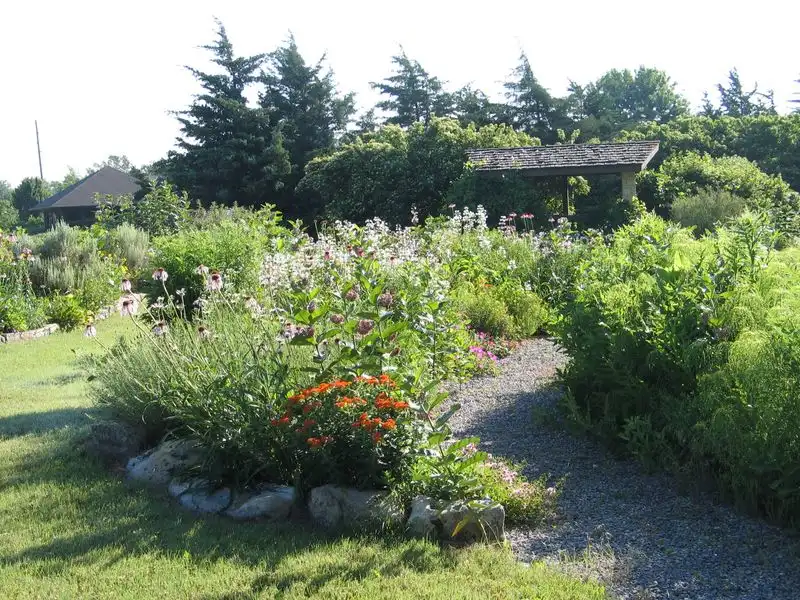
Choosing native plants minimizes maintenance and supports local wildlife. These plants are well-adapted to the local climate and soil, thriving in urban conditions. Imagine a garden filled with native blooms, attracting birds and pollinators. Native plants require less water and fertilizers, making them eco-friendly choices for city gardens. They bring a sense of place and harmony to your yard, celebrating the region’s natural beauty. By selecting native species, you create a sustainable and vibrant landscape.
Urban Wildlife Habitats

Creating wildlife habitats adds life and biodiversity to urban gardens. Imagine your yard buzzing with bees, fluttering with butterflies, and chirping with birds. Incorporating feeders and nesting boxes encourages wildlife visits, while bee-friendly flowers provide essential nectar. These habitats support urban biodiversity, offering refuge and food sources for local species. It’s a rewarding way to connect with nature, turning your garden into a sanctuary. Consider adding a water feature or insect hotel to enhance your garden’s appeal.
Shade Gardens
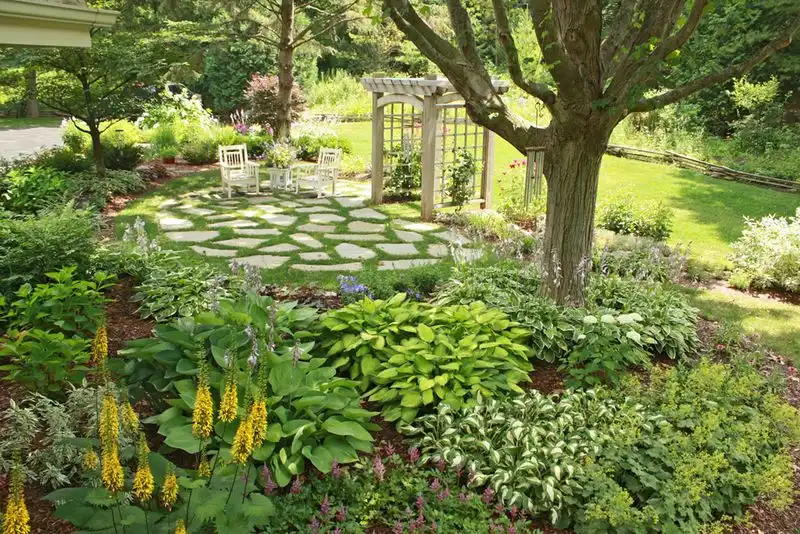
Shade gardens are perfect for urban yards with limited sunlight. Picture a cool, tranquil space with lush foliage and soothing greenery. Plants like hostas and ferns thrive in shaded conditions, creating a relaxing retreat. These gardens offer a respite from the summer heat, with dappled light filtering through leaves. Incorporate textured plants and varying shades of green for a calming effect. Shade gardens are low-maintenance and water-efficient, making them ideal for busy city dwellers.
Edible Landscaping
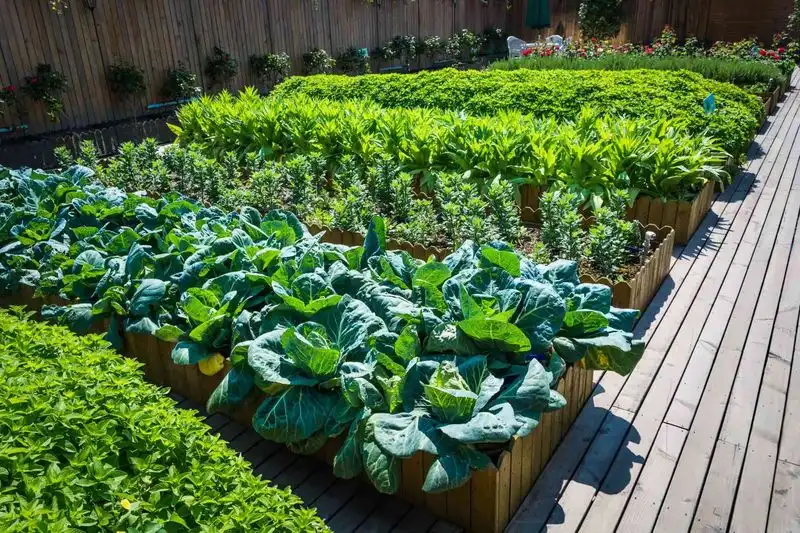
Edible landscaping combines beauty and functionality, allowing you to grow food in your urban yard. Imagine picking fresh tomatoes and herbs for your dinner, straight from your garden. Raised beds and vertical planters maximize space, accommodating vegetables, fruits, and herbs. This approach not only provides fresh produce but also enhances your yard’s aesthetic. Integrate colorful edible flowers for added visual appeal. By growing your own food, you reduce your carbon footprint and enjoy fresher, tastier ingredients.
Water Features
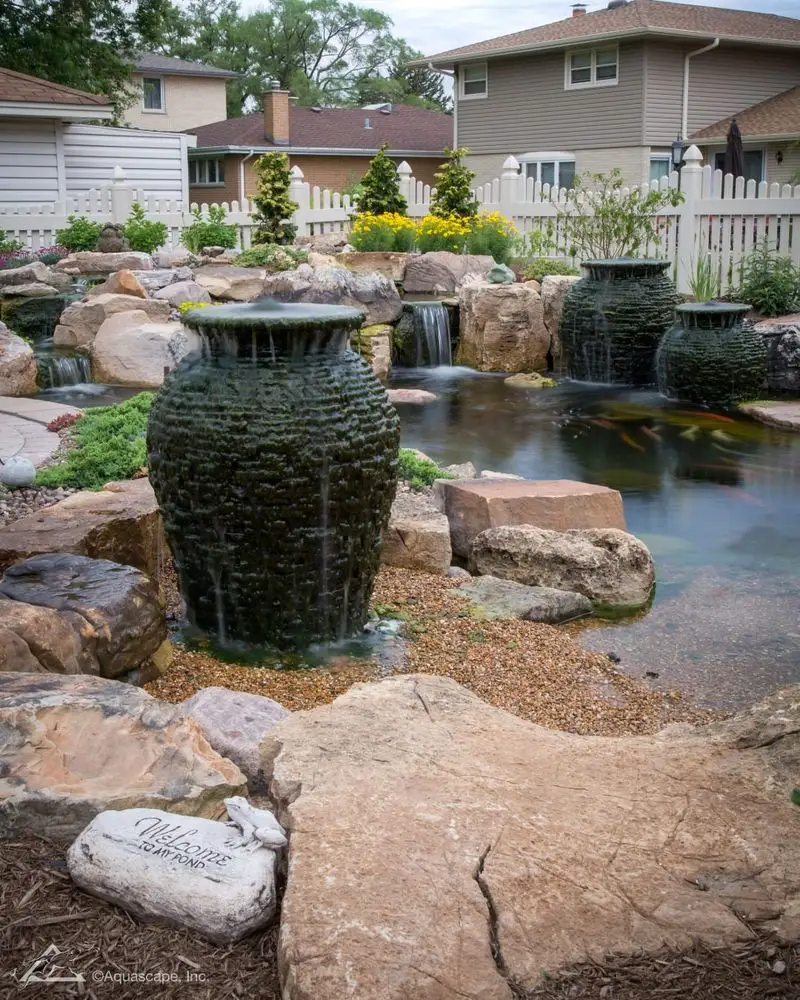
Water features add a soothing element to urban gardens, creating a peaceful ambiance. Imagine the gentle sound of trickling water, providing a serene backdrop to your outdoor space. Fountains, ponds, and birdbaths attract wildlife, enhancing your garden’s vibrancy. These features come in various sizes, suitable for small courtyards or larger yards. They offer visual interest and a cooling effect during hot summers. Incorporate lighting for a magical nighttime display, making your water feature a focal point.
Patio and Deck Design
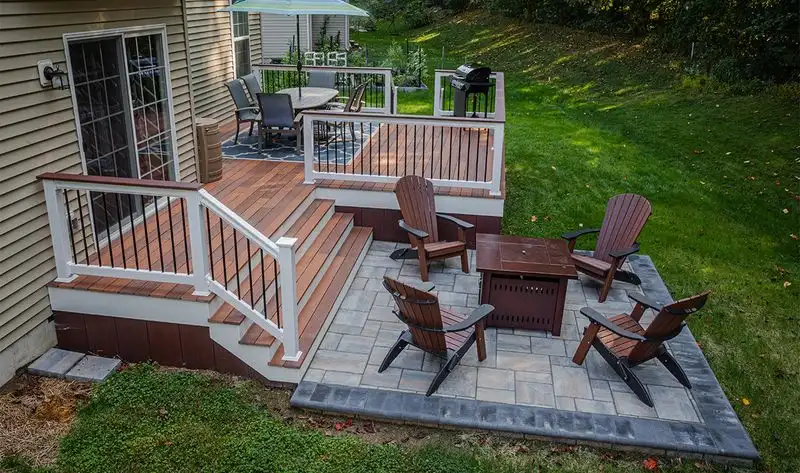
A well-designed patio or deck extends your living space, offering a spot for relaxation and entertainment. Imagine sitting with friends, surrounded by stylish furniture and twinkling string lights. Patios and decks can be customized with materials like wood, stone, or composite for a unique look. Add potted plants and outdoor rugs to create a cozy atmosphere. This area becomes an extension of your home, ideal for barbecues or quiet evenings. Consider built-in seating or a fire pit for added functionality.
Use of Ornamental Grasses
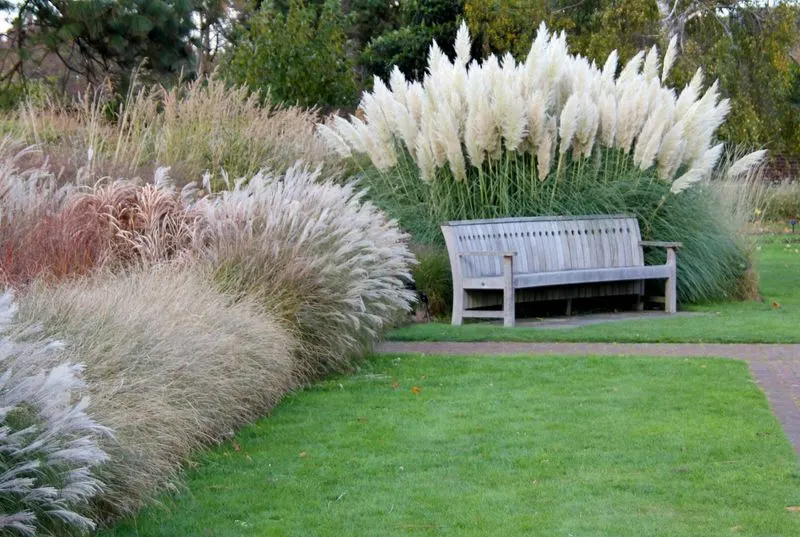
Ornamental grasses add texture and movement to urban landscapes. Picture their graceful swaying in the breeze, creating a dynamic visual display. These grasses are hardy, low-maintenance, and drought-tolerant, perfect for city gardens. Mix them with colorful perennials for a layered effect, providing year-round interest. Ornamental grasses enhance privacy and soften hardscapes, blending seamlessly with modern designs. They offer a naturalistic feel, bringing a sense of tranquility to your yard.
Use of Recycled Materials
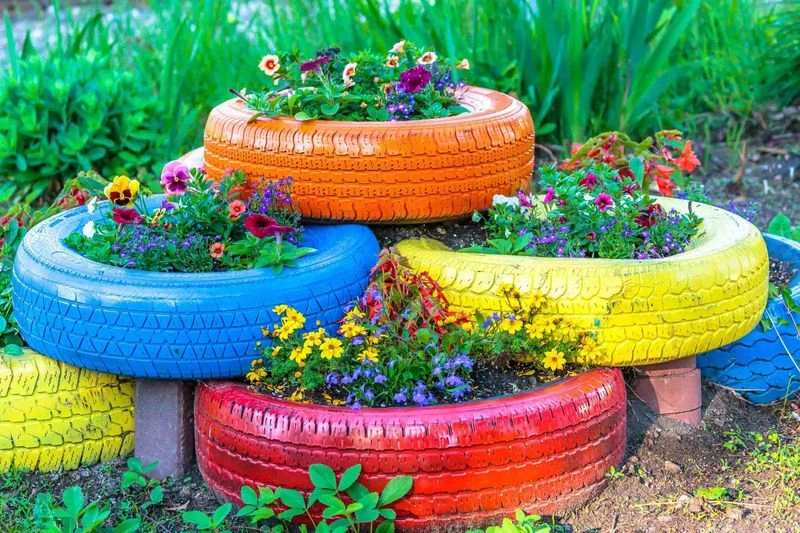
Recycled materials bring sustainability and character to urban gardens. Imagine using reclaimed wood for planters or old bricks for pathways, adding a rustic charm. This approach reduces waste and promotes eco-friendly practices. It’s a chance to get creative, giving new life to discarded materials. Recycled materials offer unique textures and colors, making your garden stand out. By choosing sustainable options, you contribute to environmental conservation while enhancing your outdoor space with a personal touch.
Lighting Techniques

Lighting transforms urban gardens into enchanting spaces by night. Imagine soft lights highlighting pathways and casting an ethereal glow on plants. String lights, solar lamps, and LED fixtures offer energy-efficient options. These techniques enhance safety and create a warm atmosphere for evening gatherings. Consider uplighting trees or using spotlights to showcase garden features. Lighting adds depth and drama, making your yard feel larger and more inviting. It’s a simple way to elevate your outdoor experience.
Creative Use of Color
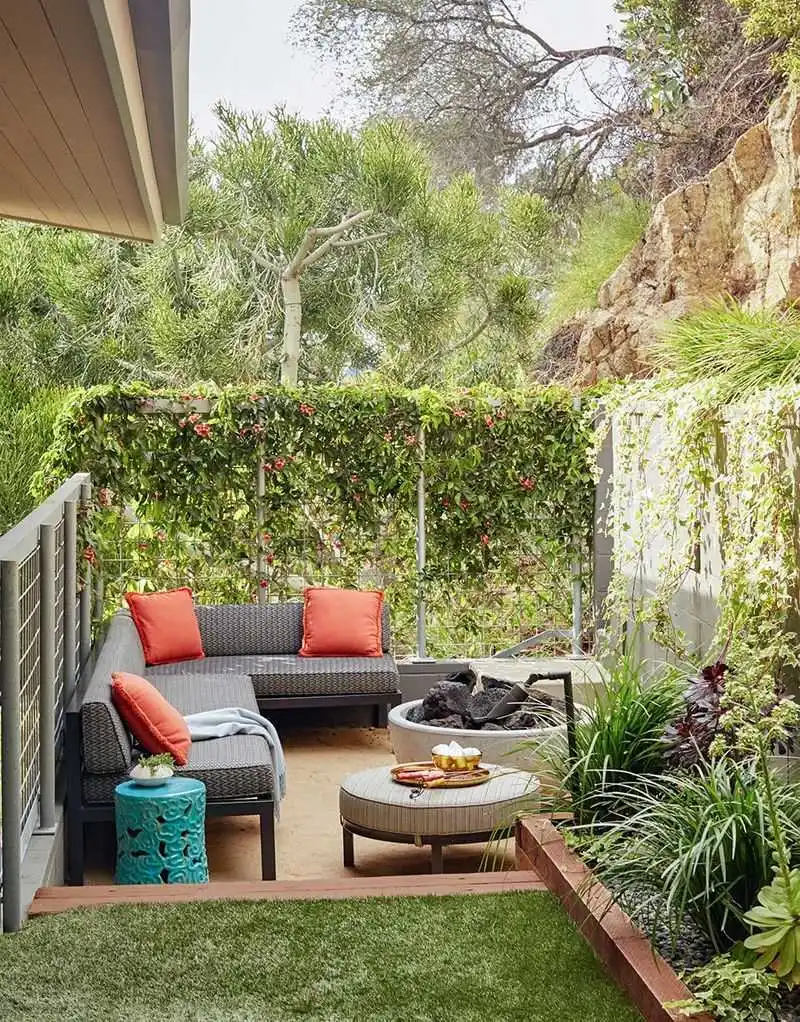
Color breathes life into urban gardens, creating vibrant and welcoming spaces. Imagine the joyful burst of hues from flowers, painted planters, and furniture. Using color strategically can define areas, highlight features, or set moods. Bold colors add energy, while pastels offer a soothing vibe. Incorporate colorful blooms and foliage to ensure year-round interest. Mix and match colors for a playful effect, or stick to a theme for cohesion. This creative expression transforms your garden into a personalized retreat.
Small Tree Selection

Small trees offer structure and shade without overwhelming urban yards. Imagine their delicate branches providing a cozy canopy in your garden. Choose trees like dwarf Japanese maple or crabapple, known for their compact size and beauty. These trees add height and interest, creating focal points in your landscape. They require less space and maintenance than larger species, making them ideal for city settings. Small trees enhance biodiversity, offering shelter for birds and insects.
Seasonal Planting
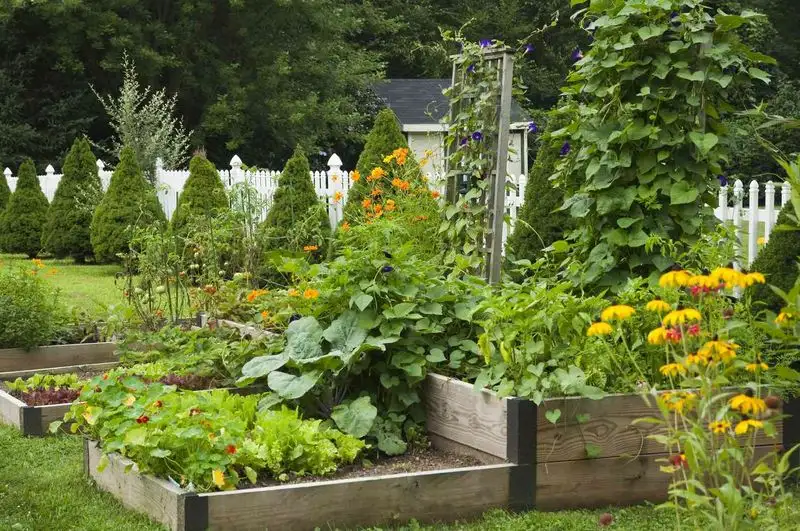
Seasonal planting ensures your garden remains vibrant and engaging year-round. Picture the transition from spring bulbs to summer blooms, followed by stunning fall foliage. By selecting plants that peak in different seasons, you maintain interest and color throughout the year. This strategy enhances biodiversity, attracting various pollinators. Plan your garden layout to accommodate seasonal changes, ensuring continuous beauty. Seasonal planting also maximizes your garden’s productivity, with crops and flowers timed to thrive.
Privacy Screens
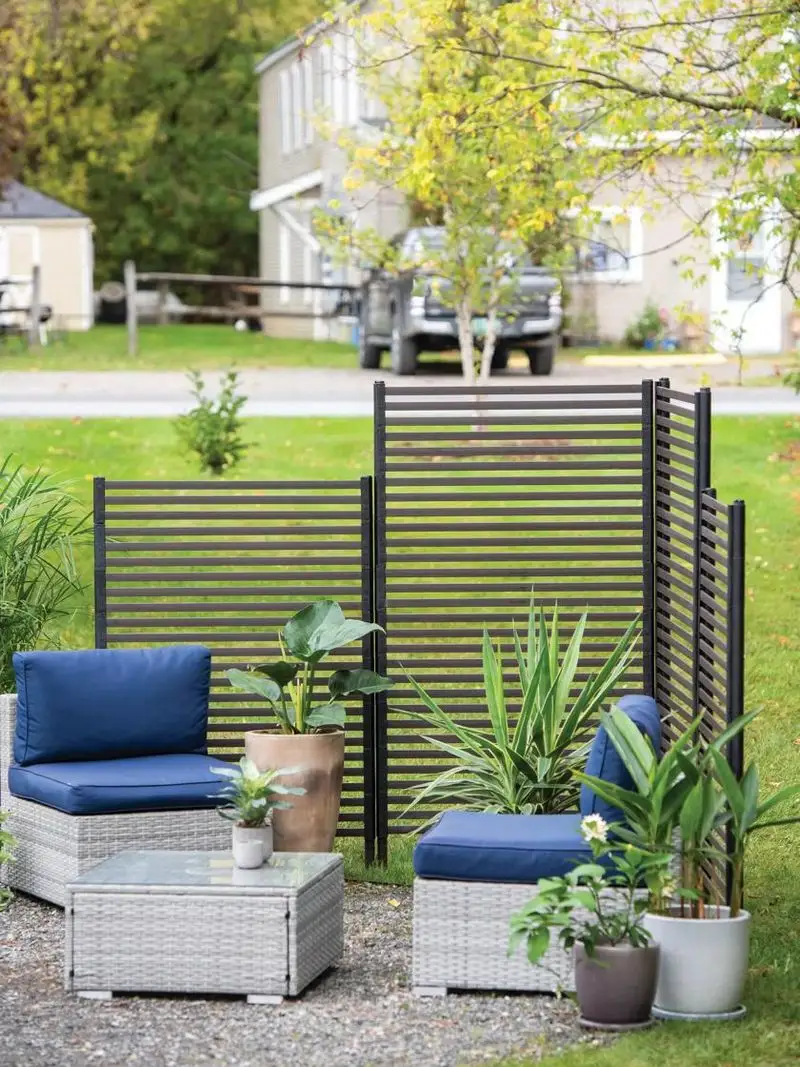
Privacy screens create a secluded oasis in bustling urban environments. Imagine relaxing behind tall hedges, trellises, or bamboo screens, shielded from prying eyes. These elements offer privacy while adding aesthetic appeal and defining boundaries. Choose materials that complement your garden style, whether modern or traditional. Privacy screens can also buffer noise and wind, enhancing comfort. Incorporate climbing plants like ivy or jasmine for added greenery. This approach transforms your yard into a peaceful retreat, ideal for unwinding.
Creative Pathways

Pathways define movement and structure in urban gardens, guiding visitors through your space. Imagine a winding stone path bordered by colorful blooms, inviting exploration. Creative pathways add charm and functionality, linking different garden areas. Use materials like stone, gravel, or wood to suit your style. Consider curves and varying widths to create intrigue. Pathways can also manage rainwater runoff, preventing erosion. This practical addition elevates your garden’s aesthetic, making it both beautiful and accessible.
Climbing Plants and Trellises
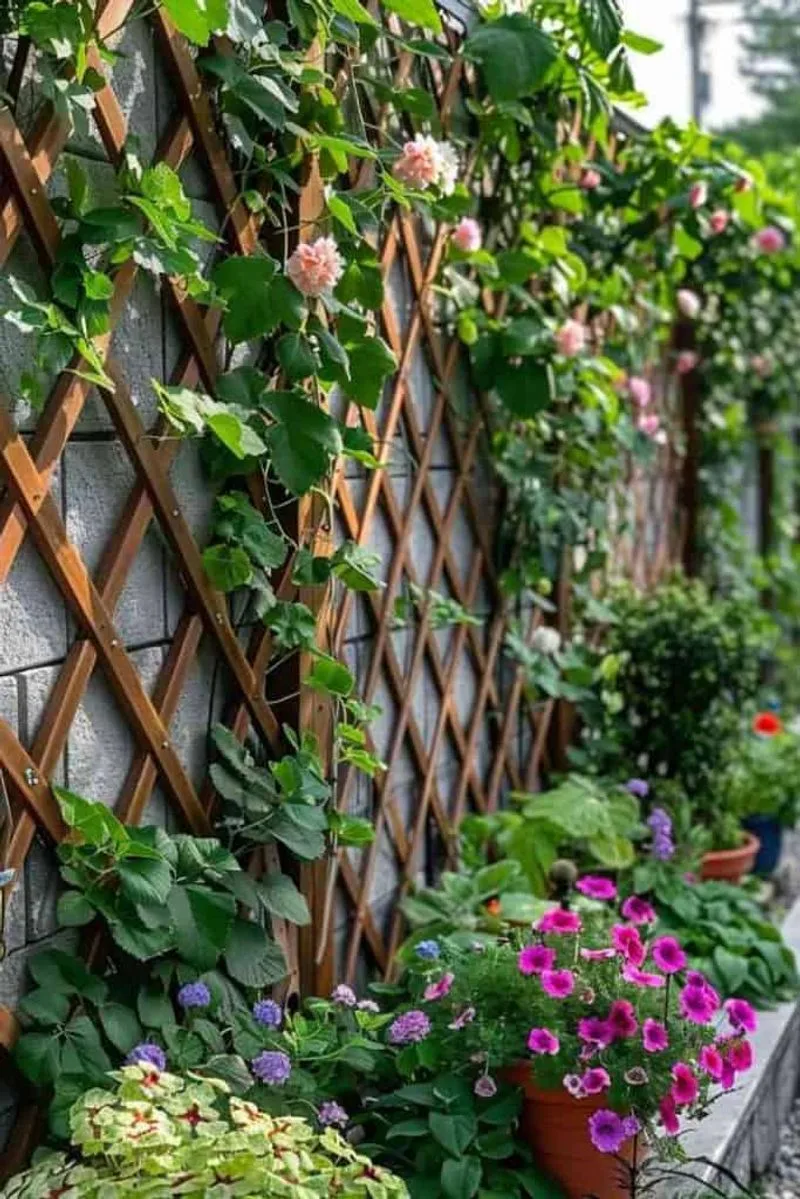
Climbing plants and trellises utilize vertical space, adding height and beauty to urban gardens. Picture vibrant roses and clematis cascading over trellises, creating living walls. These plants enhance privacy and soften hardscapes, making them perfect for city settings. Trellises come in various designs, offering decorative yet functional support. Climbing plants attract pollinators, contributing to a thriving ecosystem. This approach maximizes limited space, transforming bare walls into lush landscapes. It’s an elegant way to enrich your garden’s vertical dimension.
Herb Spiral
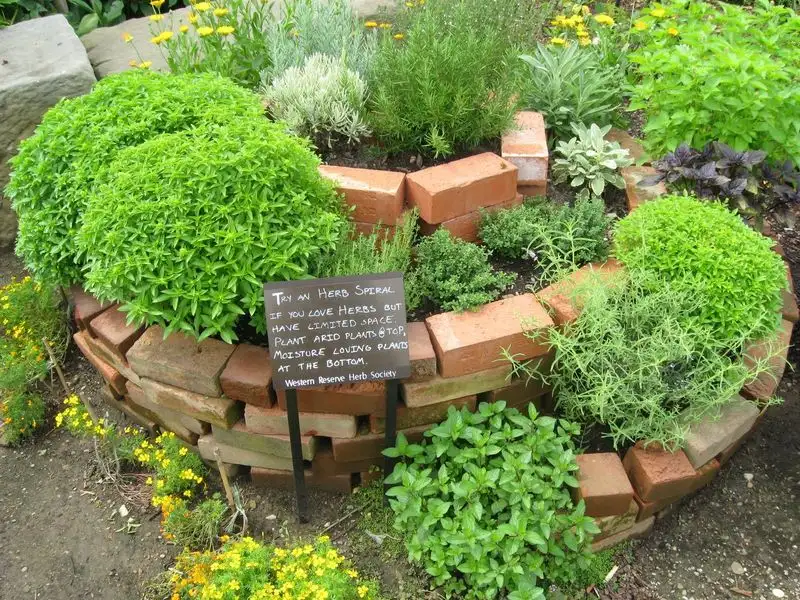
Herb spirals offer a space-efficient way to grow herbs in urban yards. Imagine a spiraling bed with rosemary, thyme, and basil, each thriving in its microclimate. The spiral design maximizes space, allowing different herbs to receive optimal sunlight and drainage. This layout is visually appealing, adding height and interest to your garden. Herb spirals are easy to maintain and harvest, providing fresh flavors for your kitchen. They’re a perfect blend of form and function, transforming small spaces into productive gardens.

